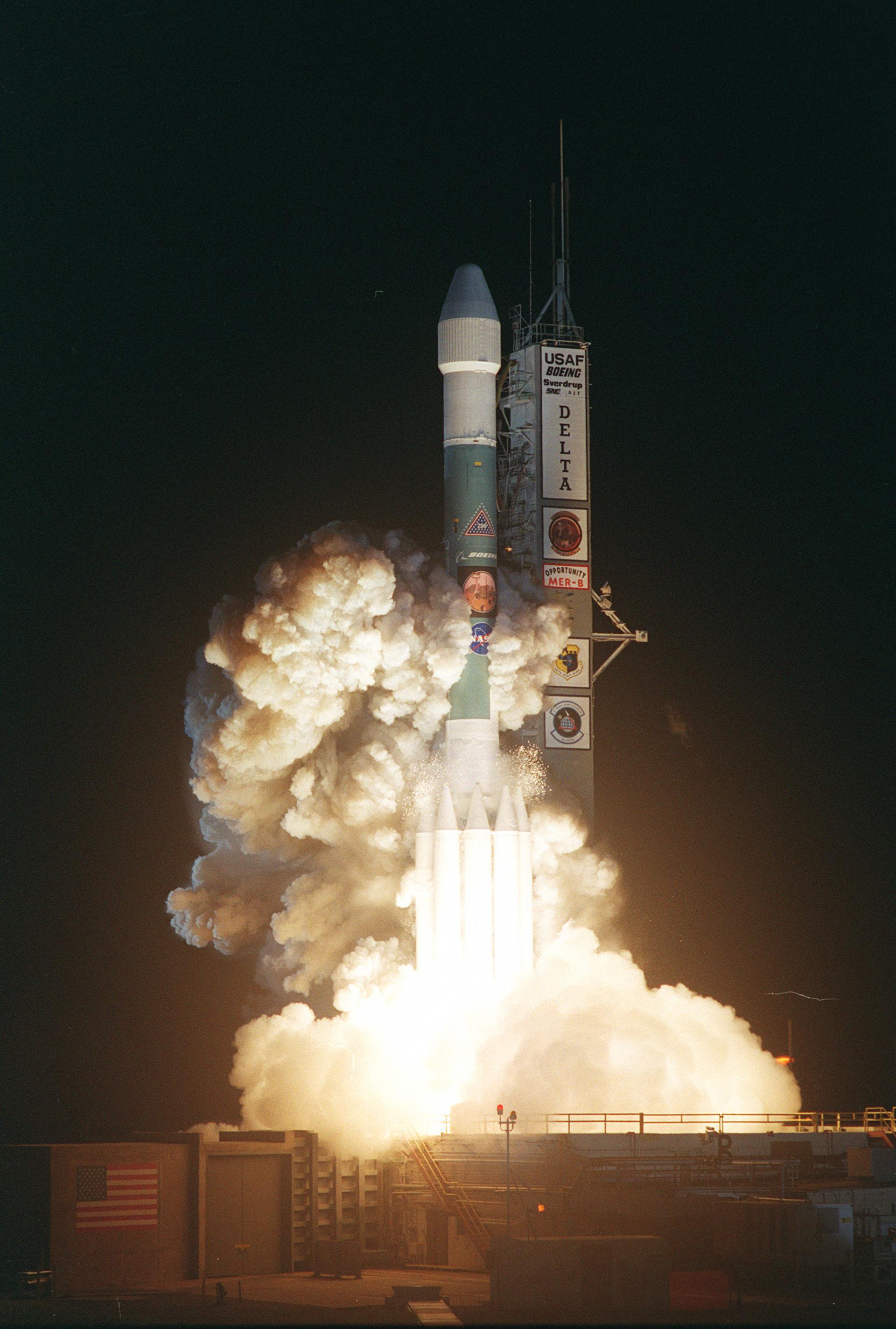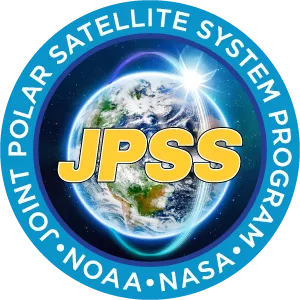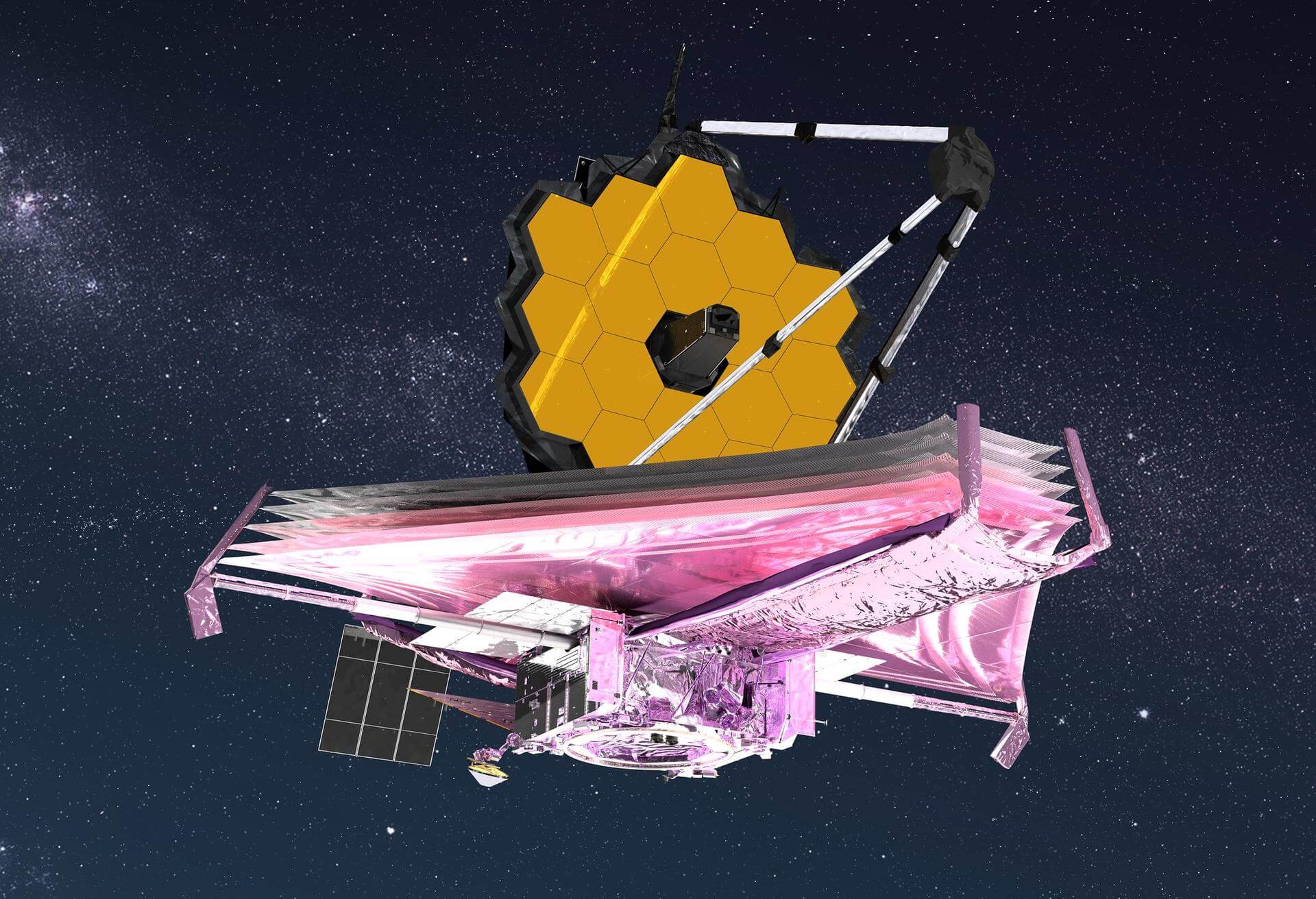Delta II 7920-10 | JPSS 1 (Joint Polar Satellite System spacecraft No. 1)
Space Launch Complex 2W
Vandenberg SFB, CA, USA
T?
--
Days
:
--
Hours
:
--
Mins
:
--
Secs
Date Loading...
United Launch Alliance
United Launch Alliance (ULA) is a joint venture of Lockheed Martin Space Systems and Boeing Defense, Space & Security. ULA was formed in December 2006 by combining the teams at these companies which provide spacecraft launch services to the government of the United States. ULA launches from both coasts of the US. They launch their Atlas V vehicle from LC-41 in Cape Canaveral and LC-3E at Vandeberg. Their Delta IV launches from LC-37 at Cape Canaveral and LC-6 at Vandenberg.
JPSS 1 (Joint Polar Satellite System spacecraft No. 1)
From a 512-mile orbit, tilted 98.7 degrees to the equator and traveling pole-to-pole, the craft will provide imagery, atmospheric temperature and humidity profiles, and land and ocean surface temperature observations, all of which are key ingredients for weather forecasting. In addition, the satellite will measure ozone levels and reflected solar radiation from the planet.JPSS 1 will survey the entire globe twice per day with five sensor packages.The satellite will replace the existing Suomi NPP spacecraft that launched in 2011 for a five-year mission as a gapfiller between NOAA’s legacy weather satellite constellation and the new JPSS generation.
Delta II 7920-10
Height 38.70 Meters
Max Stages 2
Mass To GTO 1828 kg
Liftoff Thrust 0 kN
Diameter 2.40 Meters
Mass To LEO 5959 kg
Liftoff Mass 251 Tonnes
Launch Success 9
Consecutive Success 9
Maiden Flight 1995-11-04
Launch Failures 0
Programs
NASA Large Strategic Science Missions
NASA's large strategic science missions or large strategic missions, formerly known as Flagship missions or Flagship-class missions, are the costliest and most capable NASA science spacecraft. Flagship missions exist within all four divisions of NASA's Science Mission Directorate (SMD): the astrophysics, Earth science, heliophysics and planetary science divisions.










